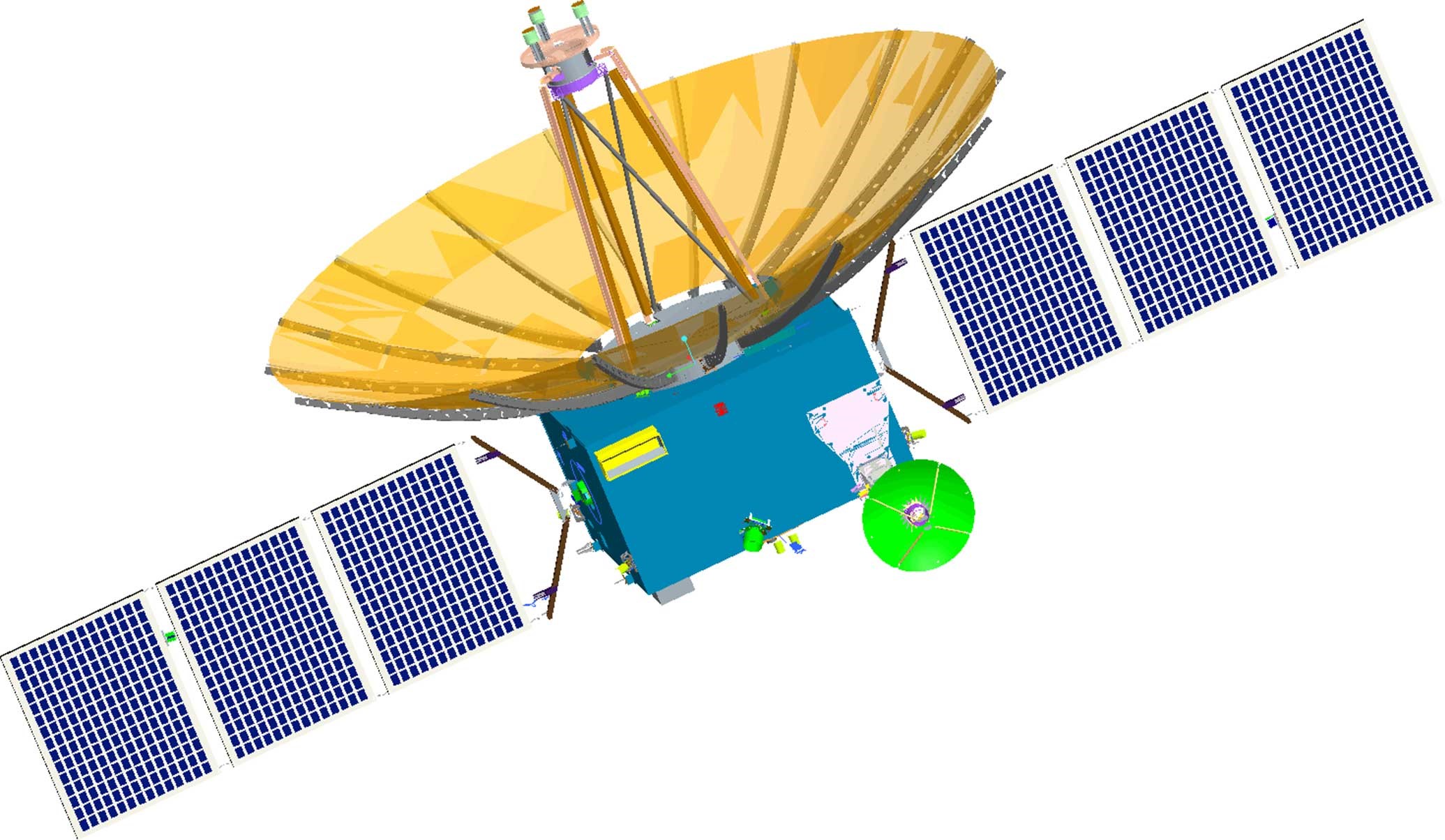





Source: Wikipedia
Disclaimer: Copyright infringement not intended.
Context
Details
About Queqiao-2 Relay Satellite
Mission Planning:
Design:
Scientific Payloads:
Comparison with Queqiao:
Conclusion
Must read articles:
Sources:
|
PRACTICE QUESTION Q. Discuss the significance of lunar exploration in the context of space exploration programs. Examine the objectives, challenges, and potential benefits of lunar missions, particularly in the context of international cooperation and future space exploration endeavors. (250 Words) |





© 2025 iasgyan. All right reserved